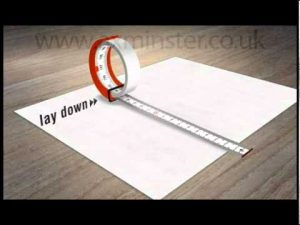How pacemakers work. Animated explanation of the mechanics of the human heart, and the devices that can assist it Subscribe NOW to The Economist: http://econ.st/1Fsu2Vj Implantable pacemakers and defibrillators are devices that apply electric shocks to maintain the rhythm of the heart and, if necessary, restart it. As the technology improves and the list of treatable conditions grows, the number of devices being implanted is increasing steadily and now exceeds half a million a year. The heart is made up of four chambers; two atria and two ventricles. On each side the atrium is connected to the ventricle by a one-way valve. Blood is pumped as these chambers contract and relax in turn. The beating of a healthy heart is regulated by electrical impulses. The sequence begins as the atria fill with deoxygenated blood from the body on the right and oxygenated blood from the lungs on the left. An electrical signal from the sinoatrial node then causes the atria to contract, forcing blood into the ventricles. The electrical signal is then picked up by the atrioventricular node and directed into the Purkinje fibers in the ventricle walls, causing the ventricles to contract, and the blood is then pumped through the pulmonary valve on the right to the lungs, and the aortic valve on the left to the rest of the body. These valves close and the cycle then restarts. When the sinoatrial node fails to function correctly an artificial pacemaker can be fitted to help regulate the heartbeat with small evenly timed electric shocks. This involves implanting electrodes into one or more of the heart’s chambers, by inserting leads into a vein near the collarbone and implanting a device called the generator just under the skin. For more severe heart conditions an implantable defibrillator or ICD can be used which is also capable of sensing a stopped heart and delivering an electric shock powerful enough to restart it. For some conditions an even more sophisticated device called a CRT ICD can be implanted. This uses a third lead inserted into the left ventricle to resynchronize the ventricles when necessary. However, all these leads can cause problems of their own. Patients with ICDs have a 20% chance of a lead failure within 10 years and replacing leads can require open-heart surgery in about 2% of cases. This has resulted in several efforts to develop new pacemakers that do not depend on leads inside the heart. One design, the subcutaneous ICD, places the lead just outside the heart under the patient’s skin. And wireless designs are now being developed that may eventually do away with the need for leads altogether. Get more The Economist Follow us: https://twitter.com/TheEconomist Like us: https://www.facebook.com/TheEconomist View photos: https://instagram.com/theeconomist/ The Economist videos give authoritative insight and opinion on international news, politics, business, finance, science, technology and the connections between them.
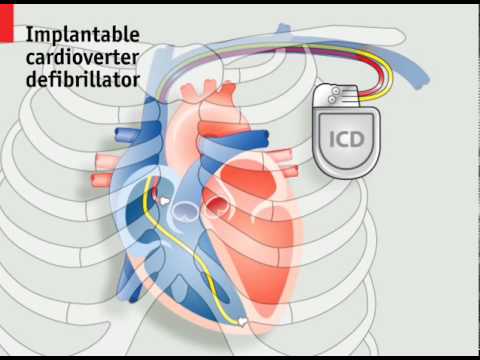
How pacemakers work | The Economist
- Post author:
- Post published:May 24, 2021
- Post category:Uncategorized
- Post comments:0 Comments
You Might Also Like
Lipid Profile
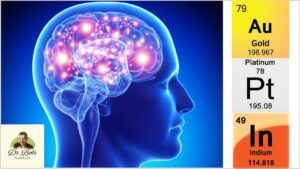
Minerals for Brain Health: Platinum, Indium and Gold
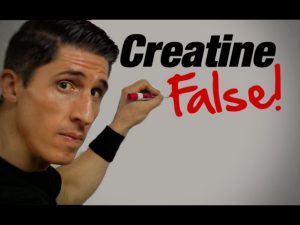
5 Reasons to Take Supplements (AND WHEN YOU NEVER SHOULD!)

Clinical Neurophysiology Video – 2

Rowing Video – 2
![Read more about the article 15 Minute Full Body Dumbbell Workout [Strength and Conditioning]](https://videos.drmaheshkumar.com/wp-content/uploads/2021/10/15-Minute-Full-Body-Dumbbell-Workout-Strength-and-Conditioning-300x169.jpg)
15 Minute Full Body Dumbbell Workout [Strength and Conditioning]
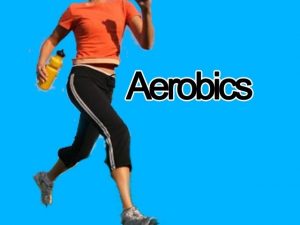
What is Aerobic Exercise- Cardio and aerobics workouts
Surgery & Plastic Surgeries

What Is Yoga Video – 3
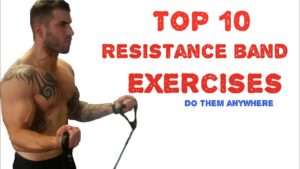
Top 10 Resistance Band Exercises (You can do anywhere)
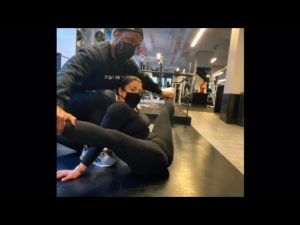
the best flexibility video on tiktok 2021

BMR & BMI

Nutrabolics Anabolic State
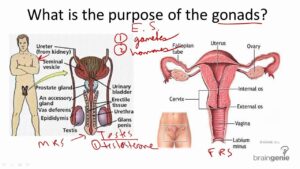
8.2.7 Gonads – Structure and Function

Orlistat: Dosis para comer grasas (sin engordar)
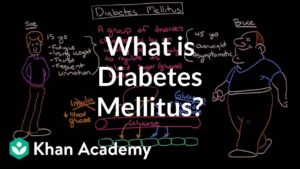
Endocrine System Diabetes And Asanas Video – 3
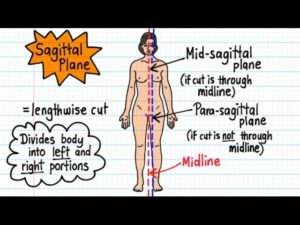
Anatomical Terms – Drawn & Defined (Updated)
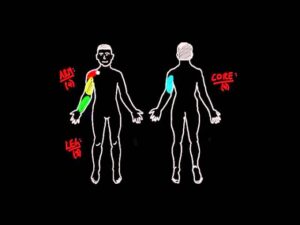
11 major muscle groups

History Of Surgery Video – 2
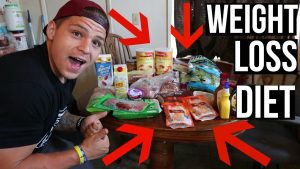
FULL FAT LOSS GROCERY HAUL (My Current Diet)
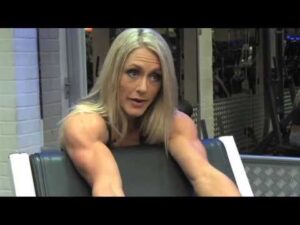
How to do a preacher curl for maximum results!!
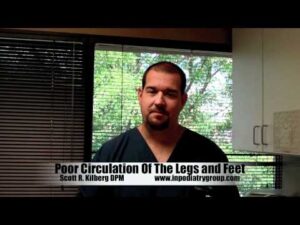
Poor Circulation Of The Legs and Feet
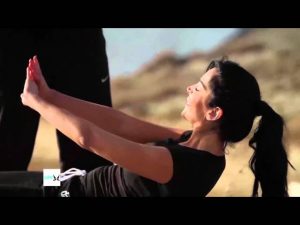
Define Me Sport

Nutrilite Omega 3 खाने के फायदे !!! Omega 3 क्यों खाना है !!! Amway Diamonds !!!
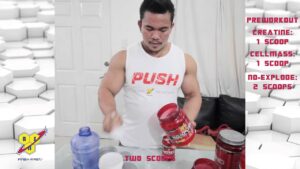
Pre and Post Workout shakes preparation by Joseph Ferandez IFBB Pro

Intermittent Fasting & Fasting Video – 9
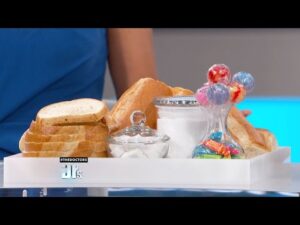
Can Eating Carbs at Night Make You Gain Weight?

【A tale of six trillion years and one night 】【Glutamine】♥
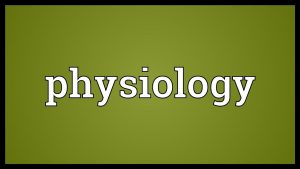
Physiology Meaning

Stroke – Causes, Symptoms and Treatment Options

NAVY SEAL Training, Nutrition, Supplements!
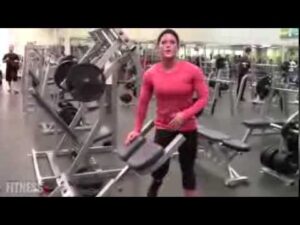
Reverse Hyperextension
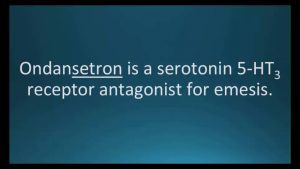
How to pronounce ondansetron (Zofran) (Memorizing Pharmacology Flashcard)
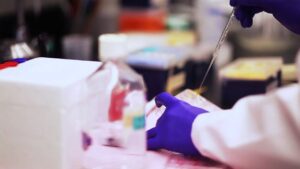
Gastroenterology Video – 3
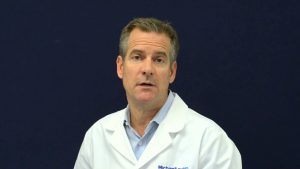
What is the Ideal Approach to Gynecomastia Surgery?

What Is Vitamin B6? | Vitamins
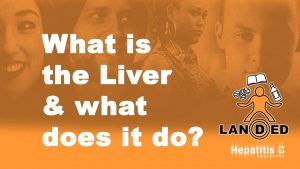
What is the Liver and what does it do – LANDED Peer Education Service
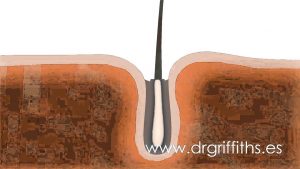
FUE Hair Transplant – Animation

How To Gain Weight Fast: 3 Crazy Tricks That Work (Skinny Guys Only)

Dumbell Bent Over Row : Best Back Exercises ( Lat exercises )
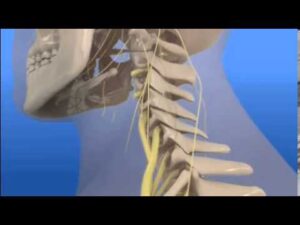
AUTO INJURY What Is Whiplash
